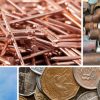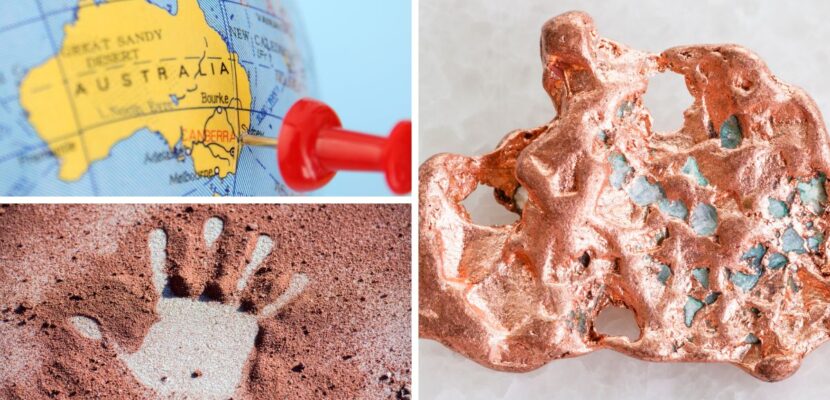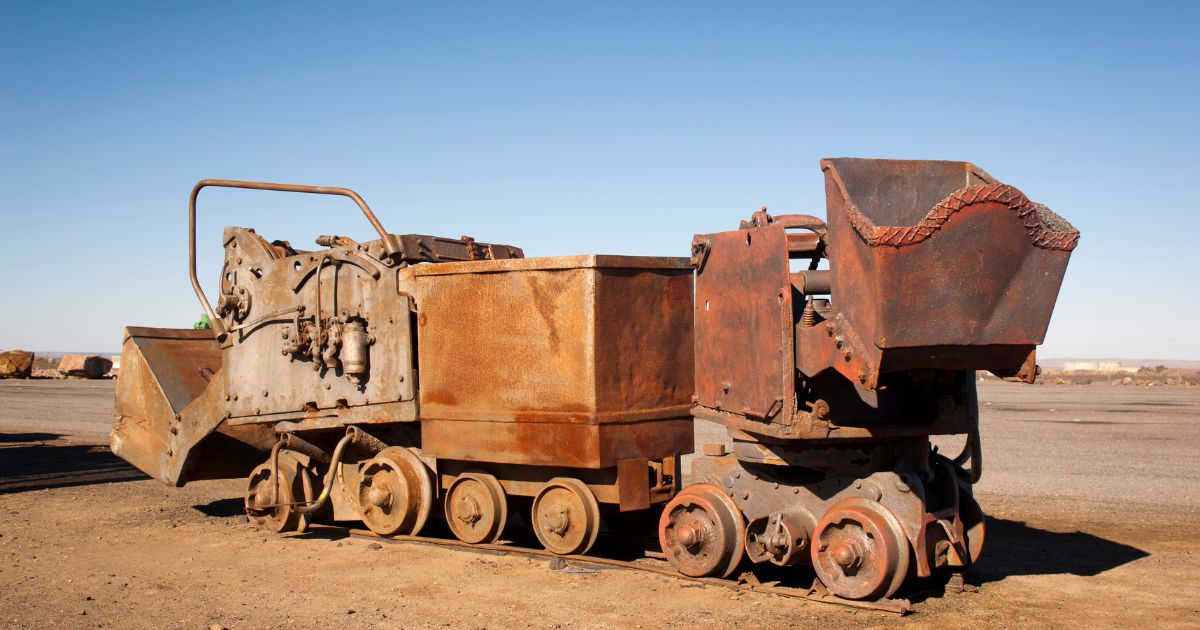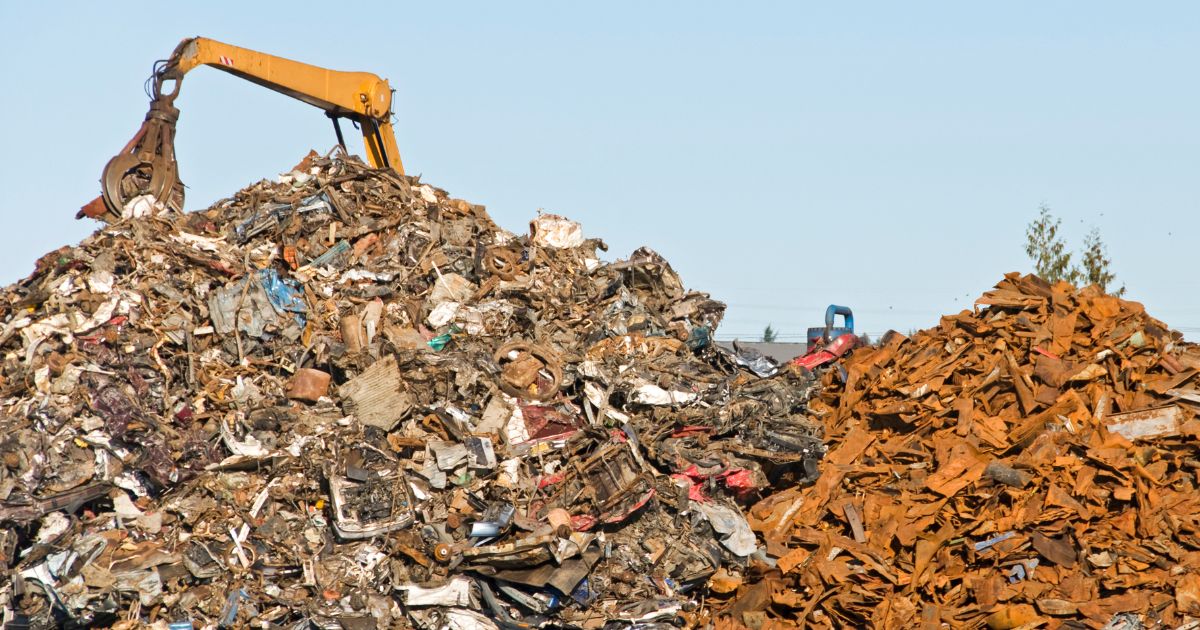Copper has played a significant role across Australian history, from ancient Indigenous use stretching back tens of thousands of years to its modern role in sustainability efforts. For Indigenous Australians, copper held deep spiritual significance as ochre for body paint, highlighting connections to country and culture.
This early history served as a precursor to copper’s economic importance; throughout the 19th century, copper booms transformed parts of Australia and influenced colonial development. While mining brought jobs and investment, it also had environmental impacts. Today, copper recycling has grown in relevance due to initiatives promoting sustainability.
This article will explore copper’s journey across Australia from the ancient past to innovations shaping its future.
Ancient Echoes: Indigenous Use of Copper
Archaeological evidence shows Aboriginal peoples across the Australian continent had intimate connections with natural copper deposits for at least the last 20,000 years. Ochre excavated from ancient mining sites in South Australia dates back over 9,000 years, indicating a sophisticated understanding of this earth pigment’s spiritual and practical value.
Excavations of Aboriginal midden piles reveal how prized red copper ochre was as a dry pigment for body adornment, traded in nuggets and stones between coastal and inland groups. Some archaeologists believe First Nations people may have experimented with smelting copper ochre to create rudimentary tools as far back as the Holocene period, leaving tantalising clues of their innovative spirit.
Through eras of cultural change, copper’s legacy endured, embedded in Dreaming stories, songlines and ceremonies that sustained communities in harmony with the land. Its significance lives on in Creation practices today.
Boom and Bust: The Rise and Fall of Australia’s Copper Kingdoms
In the mid-19th century, large-scale copper mining transformed parts of South Australia into what became known as the worldwide “Copper Kingdom.” In 1842, the first major copper deposit was discovered at Kapunda, sparking a rush of eager miners. Further finds like the rich veins of Burra Burra and Moonta Mines saw these isolated rural towns boom virtually overnight. Thousands of hopeful diggers flocked to South Australia, including many experienced copper miners from Cornwall, England who shared their expertise.
At their peaks, the mines collectively produced over half the world’s copper and dramatically boosted the young colony’s economy. However, fluctuating international copper prices and harsh working conditions created challenges. Mining disputes also arose as living standards failed to keep up with booming profits, contributing to an unstable cycle of economic rise and decline across the fledgling Copper Kingdoms.
Beyond the South: Copper Across the Continent
While South Australia became synonymous with early copper production, other regions soon made major contributions. In Queensland, the Mount Morgan Mine extracted over 8 million tonnes of high-grade copper ore and significant gold between 1882 to 1953, transforming the small town of Rockhampton. The massive mine at Cobar, New South Wales extracted copper, lead, zinc and silver for over a century from 1880.
Across the Nullarbor Plain in Western Australia, the Broken Hill Proprietary (BHP) Mine produced copper, lead, zinc and silver since 1883 – establishing what became one of Australia’s biggest companies. Throughout the expansive continent, mining invariably brought employment yet also took environmental tolls like erosion, acid rock drainage and historical tailings mismanagement. Remote Aboriginal communities additionally faced disruption of traditional lands and waters. Nevertheless, copper remains an economic pillar for many outback towns despite mining’s mixed legacy across diverse regions.
Recasting the Red Heart: A History of Copper Recycling in Australia
Copper recycling has grown vastly in importance for Australia’s economy and environment. It is estimated that over 60% of the nation’s copper needs are met through recycled material. One of the earliest proponents of copper recycling was Albert G. Sims, who established a scrap metal business in Melbourne in 1917.
Through the 20th century, greater industrialisation saw more ‘‘post-consumer’’ copper, such as wiring, pipes and discarded electronic goods, enter waste streams. Recent government targets and landfill bans have further spurred recycling rates by supporting operators like Metro Copper Recycling. The company recovers up to 98% of materials from all input forms through innovative processing. As sustainability rises up national and global agendas, copper recycling stands to play an ever greater role in meeting demand while lessening mining’s environmental footprint.
Modern Marvels: Innovation and Sustainability in the Copper Industry
Vast technological changes are transforming copper production across Australia for the 21st century. At open-cut mines, fleets of autonomous trucks now haul waste rock while advanced 3D visualisation guides precision drilling. Deep underground, robotics take over hazardous material handling to better protect workers. These innovations boost efficiency while cutting greenhouse gas emissions.
Additionally, ‘cradle-to-cradle’ sustainability initiatives are minimising impacts. Many operations practice progressive rehabilitation, reshaping ravished lands into heritage parklands and wildlife corridors. As industries electrify their operations for a low-carbon future, copper’s excellent conduction properties will remain vital. With a renewed focus on recycling and careful stewardship of mine sites, Australia’s copper industry is well-placed to supply both today’s needs and tomorrow’s clean technologies.
Conclusion
Across two hundred years of colonial development and innovation, copper has played a prominent role in Australia’s economic, environmental and social progress. From Indigenous cultural connections through early copper rushes transforming colonies to modern sustainability efforts today, the importance of red metal has endured and evolved. As mining technology marches forward with computerisation and robotics, responsible practices aim to leave smaller scars on the land. In Melbourne, whether you’re a manufacturer, electrical contractor, plumber, refrigerating & air conditioning contractor, excavating & demolition company & auto-electrician, or a private citizen, you likely deal with metal production, use, and eventual disposal. At Metro Copper Recycling, we understand each client’s unique needs and offer tailored scrap copper recycling solutions. When looking for the best scrap copper prices in Melbourne, Metro Copper Recycling has a fleet of vehicles on demand, instant EFT transfers, and a centrally located recycling facility where you can get the best copper scrap price.
Recycling will take on renewed significance in sustainable feed industries like renewable energy. Though historical legacies remain mixed, Australia’s copper story showcases an adaptation from the ancient past to a greener future. As both a natural and national resource, copper’s journey across this vast country is one built upon the ingenuity of all who have sought and stewarded its riches.







